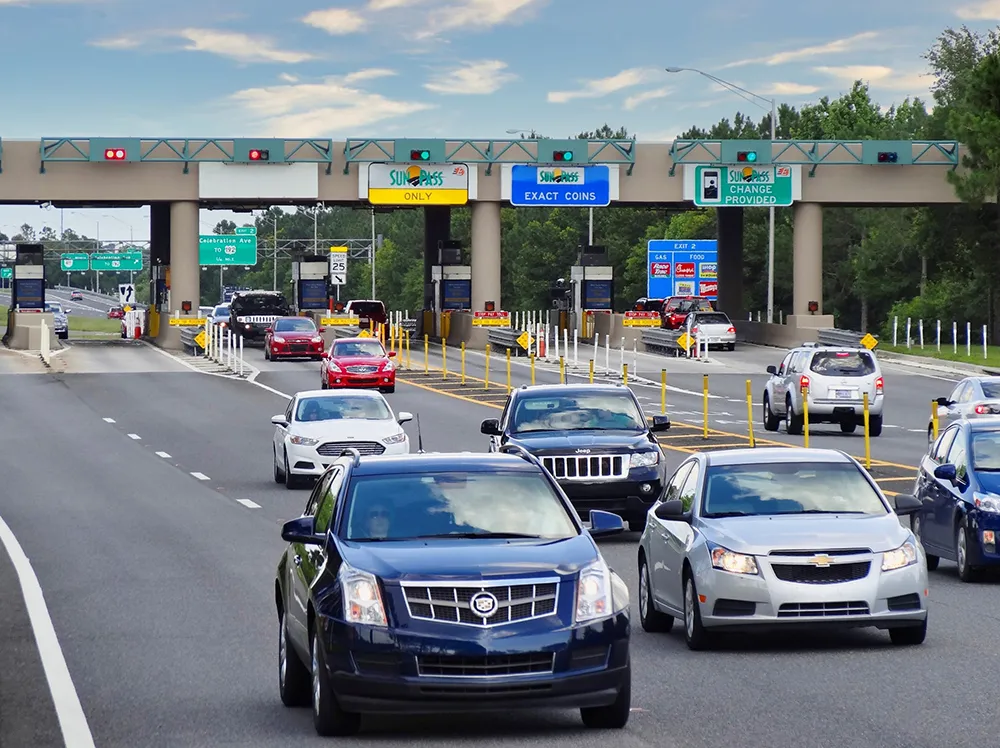US-based connectivity solutions provider Moxa has partnered with Microsoft and the OPC Foundation to develop the MC-1121, an industrial-grade IoT gateway with an integrated OPC UA Publisher module. By using Windows 10 IoT and OPC UA Publisher, it provides an effortless way to obtain data from field side devices securely and reliably to the cloud for analytics and monitoring through a dashboard. The MC-1121 not only gives system integrators a scalable, flexible solution for their projects, but also opens up
September 20, 2017
Read time: 2 mins
US-based connectivity solutions provider 97 Moxa has partnered with Microsoft and the OPC Foundation to develop the MC-1121, an industrial-grade IoT gateway with an integrated OPC UA Publisher module. By using Windows 10 IoT and OPC UA Publisher, it provides an effortless way to obtain data from field side devices securely and reliably to the cloud for analytics and monitoring through a dashboard. The MC-1121 not only gives system integrators a scalable, flexible solution for their projects, but also opens up new opportunities and business models for them.
Moxa has been working closely with the OPC Foundation and Microsoft to adopt the functionality of OPC UA. Moxa hardware is being used for Windows 10 IoT testing, and an OPC UA Starter Kit is being assembled as a collaboration between Moxa, Microsoft and the OPC Foundation.
Moxa will also hold a live demo at the 2017 IoT Expo in Taipei to show how easy it is to collect data from various devices and sensors—such as temperature, coolant oil level, and other signals and send it to Microsoft Azure in the cloud by using the OPC UA Publisher module in Windows 10 IoT.










